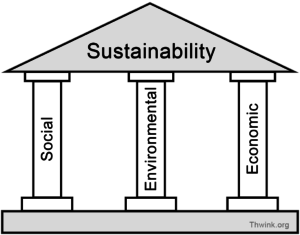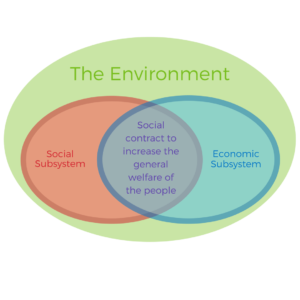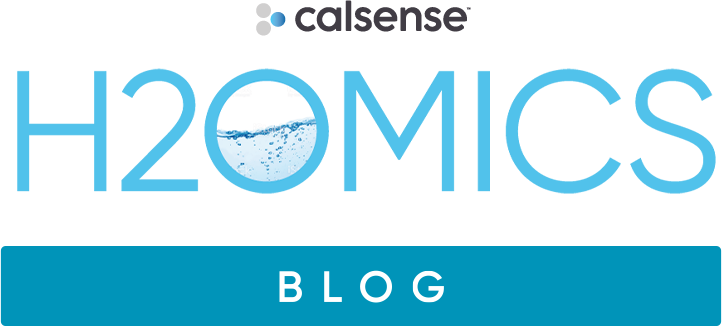Three Pillars of Sustainability
March 30, 2018


Sustainability, as defined by the UN World Commission on Environment and Development, means meeting the needs of the present without compromising the ability of future generations to meet their own needs. The world has grown in complexity; therefore recognizing the interconnected systems at work is the first step in achieving sustainable development. There are three major systems, also referred to as pillars, which need to be properly developed in tandem to achieve true sustainability. These pillars of sustainability include the environment, society and economics- or people, planet and profits. The diagrams provided give a deeper look at how these pillars are connected and why it is important to take a three-pronged approach in making sustainable choices.
The first and most obvious pillar covers the environment, which places a focus on preserving and conserving the longevity of our planet’s biosphere. Simply put, focusing on the environmental pillar involves living within the means of our natural resources- which humans cannot survive without. This includes preventing exploitation of our limited resources, while considering how extracting these resources can further damage certain environments/ecosystems.

Within our biosphere is the human system, which contains the next two pillars, society and economics. When groups of people or nations come together to improve welfare for all, they form a social contract to live by, providing to the needs of both individuals and the larger group as a whole. The state of their economy becomes the means to those ends. A society works together under a centralized system (such as a government) to make efficient and responsible use of their resources in ways that provide long-term stability and consistent profits. Viewing society and economics as two human subsystems within the environment helps provide a more accurate view of our interconnected world. Without proper profits, a society cannot attain its social goals, and without proper management of its finite resources, a society cannot attain long-term profitability. When the environment cannot function at its full potential, its carrying capacity becomes limited, which further lowers the output of both the social system and the economic system.
It can be easy to focus on one pillar while providing less attention to the others, depending on the current needs and challenges of a group, organization or nation. For example, if a nation is at war, providing positive social well-being and a stable economy capable of supporting a war effort takes priority over respect and long-term management of the environment. In another light, if an issue such as global warming becomes the main focus in a society, then priority shifts towards environmental stewardship and social longevity, minimizing economic efficiency in the meantime.
You may be wondering, how does Calsense achieve sustainability through its practices? Calsense provides irrigation technology which allows users to reduce their impact on the environment while increasing social and economic savings through water use reduction. Calsense also provides superior customer service and training, empowering users’ desire to understand the new technology they are working with rather than simply selling a product. We also provide users with data reporting, allowing them to achieve their personal reduction goals or budgets. Calsense provides empowered learning through guidance for its customers, while providing irrigation advancements that reduce costs and damages against the environment, simultaneously catering to the three pillars: people, planet and profits.
